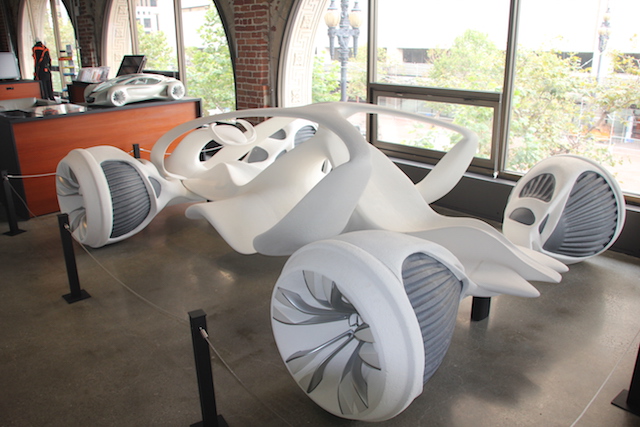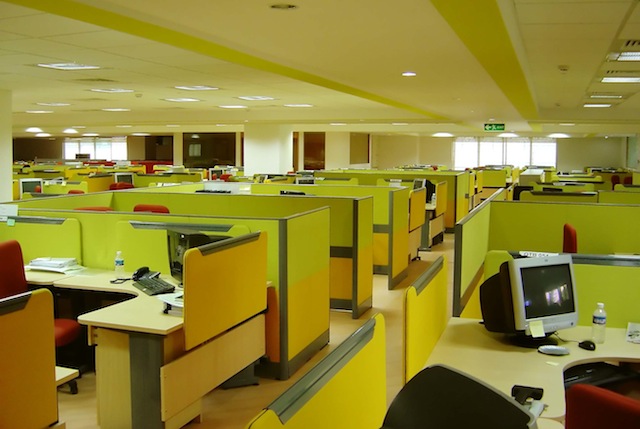Anna Weiner writes a great piece on the brutal realities of working for tech startups. The food might be good but they are an anxious and stressful place to work. This story is worth a read for anyone considering working for one.
Tag: employment
-

Tough times for startup staffers
One of the frequently reported things about tech startups is how well they treat their staff. The truth is not always so rosy.
At Yelp staff get free meals, drinks and snacks but many of them barely earn enough to pay the rent. A now fired staffer wrote an open letter to the company’s CEO describing how tough she found working their call centre on a wage that left her destitute.
Similarly Buzzfeed reports working conditions at Zenefits, last year’s hottest startup, are more akin to a boiler room than the nice, relaxed offices of places like Google.
While we often portray tech companies as being enlightened workplaces, the truth is they can be as harsh as any other employer. The big question for those working for tech startups though is how long their benefits and jobs will survive as the current funding crunch bites.
Similar posts:
-

Actuaries and the future of Public Relations
One of the truisms of modern industry is we’re going to need more workers with data skills. Could it be actuaries will be the profession of the information age.
Much of the focus around how companies will deal with an information rich age come down to the need for ‘data scientists’, those with a combination of statistical, analytical and coding skills will be required to coax insights out of complex and rapidly changing data sets.
At a Future of PR meetup in Sydney earlier this week, one of the panellists raised the possibility that tomorrow’s most valued agency employees will be actuaries as data analytics comes to dominate the industry.
That boring old actuaries – one particularly cruel joke is atuaries are accountants who failed the personality test – could be the hottest profession in the sexy PR industry is quite a delicious scenario.
Should that turn out to be the case though, it won’t just be the PR industry chasing actuaries, almost every industry is going to demanding the same set of skills.
In a strange way it could be the staid professions of today that are the exciting jobs of tomorrow, we’ll reserve judgement on the actuaries though.
Similar posts:
-

Cloudy times for the tech workforce
For listed tech companies 2016 has been a bloodbath to date however design company Autodesk seems to have bucked the trend.
The key to keeping investors happy seems to lie in announcing major layoffs, in Autodesk’s case ten percent of its workforce which equates to 950 workers.
Autodesk’s management are painting those layoffs as being due to the company’s transition to cloud services with online subscriptions making up over half the business’ revenue.
Regardless of how valid that reasoning is, the message to the tech workers is clear; more tough times are coming.
With investors ruthlessly expecting better profits, focused leadership and leaner workforces many managers are going to have to face some tough decisions in what’s looking like a difficult year.
Similar posts:
-

China’s rocky economic pivot
As the Chinese economy adjusts to new economic realities, some of the costs are beginning to be felt.
In China’s North-East where the economy is dominated by state owned enterprises in staid heavy industries, workers are moving to more promising regions and local leaders are worried.
However with the Chinese economy pivoting, things aren’t doing so well in the more laissez-faire South Eastern provinces either with workers giving up their precious New Year’s holidays to protest unpaid wages and unfair treatment.
For the Chinese government, this worker unrest is a serious problem. How the country’s leaders try to address the causes could well have global ramifications as the world’s economy faces the reality of massive economic overcapacity.
Out of the box thinking is needed, but it may not be enough to overcome the fears and needs of ordinary, angry workers. What is clear is that an economic pivot is never smooth.
Similar posts:
